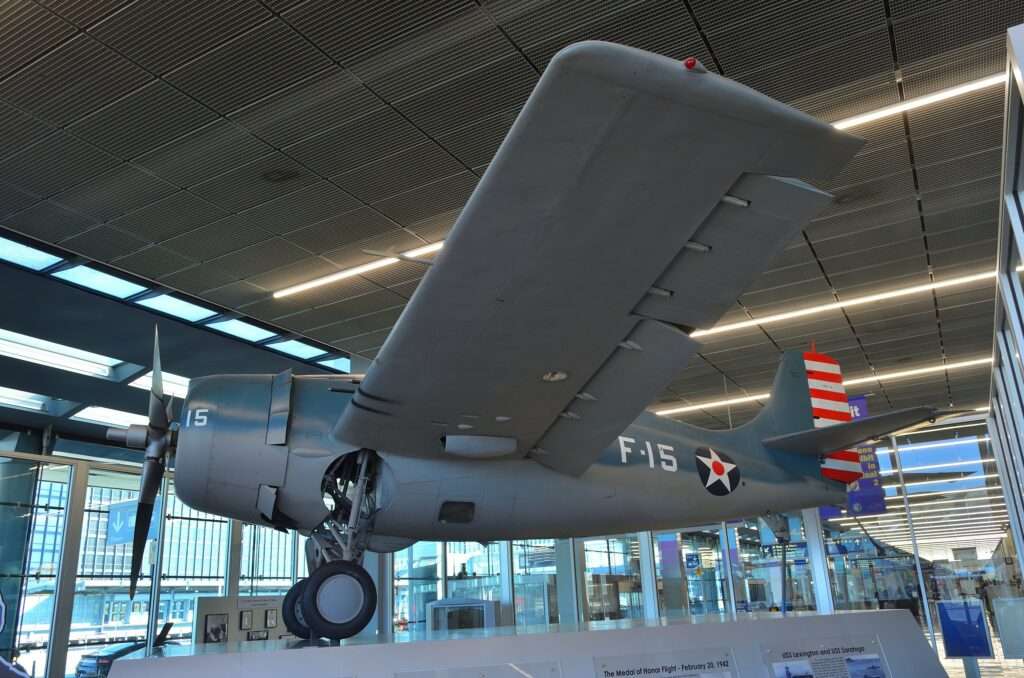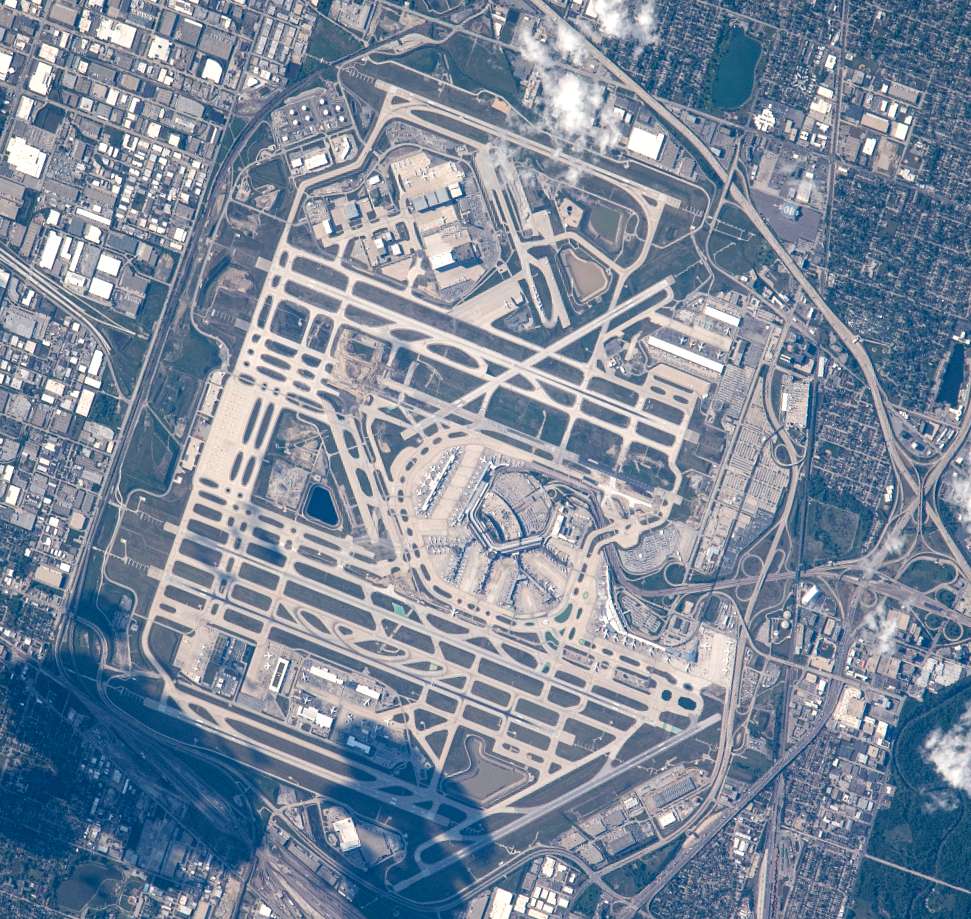Chicago O’Hare International Airport, a sprawling complex handling millions of passengers annually, boasts a rich history intertwined with the evolution of air travel.
Its journey began not with grand visions of international connections, but as a humble airfield amidst the turmoil of World War II.
From Wartime Production to Civilian Airport (1940s)
In the early 1940s, the need for a large-scale aircraft production facility spurred the US government to acquire land northwest of Chicago.
This land became the birthplace of O’Hare, initially serving as a testing ground for Douglas C-54 military transport planes.
Christened Orchard Field Airport in 1945, it received its now-famous code, ORD, during this period.

With the war’s conclusion, Orchard Field transitioned to civilian use, taking over from Chicago‘s Midway Airport, once dubbed the “busiest square mile in the world.”
The fledgling airport adopted the name O’Hare in 1949, honoring Navy aviator Edward “Butch” O’Hare, the first World War II recipient of the Medal of Honor.
The Jet Age and the Rise of Chicago O’Hare International Airport (1950s-1970s)
Furthermore, the post-war era ushered in a period of rapid growth for O’Hare.
The introduction of jet airliners in the 1950s revolutionized air travel, and O’Hare, with its ample space for expansion, became a prime candidate for a major airport hub.
The visionary design of the “pie in the sky” terminal complex, with terminals radiating from a central core, aimed to accommodate the burgeoning number of passengers and flights.
The 1960s witnessed O’Hare’s meteoric rise. United Airlines, recognizing the airport’s potential, established its central hub there, solidifying O’Hare’s position as a major player in the domestic and international air travel landscape.
By the 1970s, O’Hare had wrestled the title of “world’s busiest airport” from London Heathrow.
Challenges and Adaptations (1980s-1990s)
However, O’Hare’s rapid ascent wasn’t without its challenges.
The sheer volume of passengers and flights strained the capacity of the original terminal complex.
Delays became commonplace, and the “pie in the sky” design, while novel, presented logistical difficulties for passengers navigating the vast distances between terminals.
The 1980s and 1990s saw efforts to address these issues.
New terminals were constructed, and an automated people mover system was implemented to connect them.
Additionally, O’Hare focused on attracting international carriers, further solidifying its status as a global gateway.
Modernization and Competition

The 21st century brought new challenges.
Security concerns post-9/11 necessitated significant upgrades and changes to airport security protocols.
Additionally, the rise of budget airlines placed pressure on O’Hare to compete on price while maintaining its position as a major hub for legacy carriers.
O’Hare’s response involved a multi-pronged approach.
Modernization projects aimed at improving passenger experience and efficiency were undertaken.
Concourse extensions catered to larger aircraft, and a focus on cargo operations further diversified the airport’s revenue streams.
A Legacy of Innovation and Adaptation at Chicago O’Hare Airport

Today, O’Hare International Airport stands as a testament to the evolution of air travel.
Furthermore, it boasts non-stop flights to over 200 destinations worldwide, serving as a vital link for international commerce and tourism.
While challenges remain, such as ensuring smooth operations amidst ever-increasing passenger traffic and environmental considerations, O’Hare’s commitment to innovation and adaptation suggests it will continue to be a major player in the global aviation landscape for years to come.
Looking back, Chicago O’Hare’s journey reflects the broader story of air travel.
From its humble beginnings as a wartime airfield to its current status as a global hub, the airport embodies the transformative power of aviation and the constant need for adaptation in a rapidly evolving industry.
As the skies continue to teem with air traffic, O’Hare International Airport stands poised to write the next chapter in its remarkable history.

Click the banner to subscribe to our weekly newsleter.

Click the photo to join our WhatsApp channel so then you can stay up to date with everything going on in the aviation industry!








